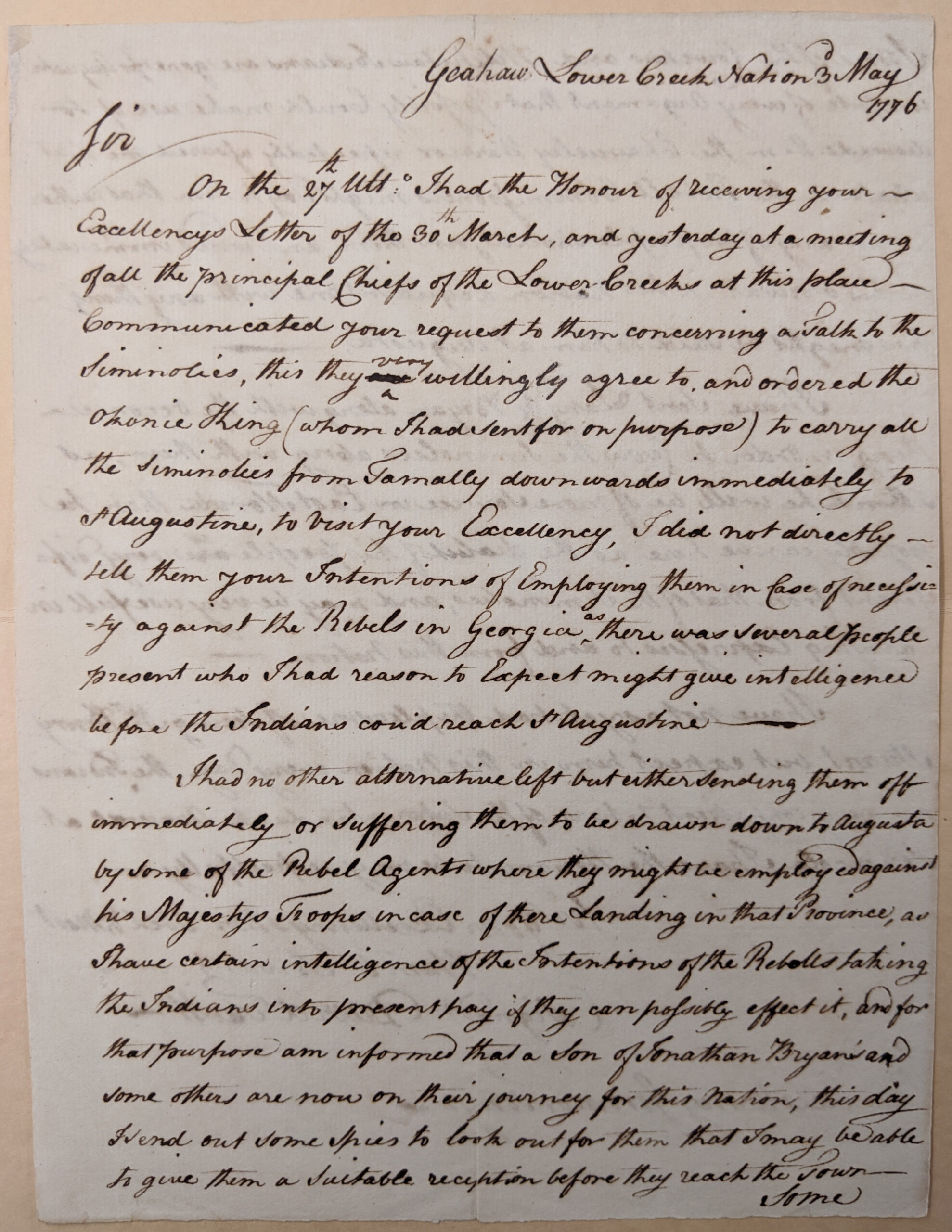Conservation of the Henry Clinton papers (1736-1850), Volume 16


Conservation of the Henry Clinton papers (1736-1850), Volume 16
Adopted by
Thomas F. Edwards
Special Notes About this Volume
A number of documents in Volume 16, which includes material dated May 22, 1776 through [June] 20, 1776, show how the British attempted to persuade Cherokees, Creeks, and Seminoles to aid their cause. Resources like these not only speak to the complicated military strategy at play, but they also help scholars explore Native American history.
This donation helps offset the costs of unhinging and re-boxing approximately 11,600 manuscripts in 232 volumes of the Henry Clinton Papers.
Conservation, Manuscripts
Sir Henry Clinton served under Thomas Gage and William Howe between 1775 and 1778, and was commander-in-chief of the British forces in North America from 1778 to 1782. His extensive papers offer an unparalleled view of the day-to-day operations of the British Empire in North America during the height of the Revolutionary War.
The Henry Clinton Papers are currently housed in custom boxes and folders made for the collection in the mid 20th century. Each individual manuscript is tipped onto larger, acidic heavy stock paper and enclosed in its own acidic folder. In order to digitize the collection and assure the long-term safety of the Henry Clinton Papers, the Clements Library will be undertaking a massive re-housing project.
From the Conservator, Julie Fremuth:
My work will be to de-hinge the Clinton manuscripts and prepare the collection for digitization. With careful conservation techniques, I will remove each and every manuscript from the bound volume into which it is hinged. Then, each manuscript will be put into a labelled folder and box. At this time I will not be removing the hinging tape from each manuscript or repairing tears (those are wet treatments each requiring several days to repair and dry properly), as that would slow down the process towards digitization.
Learn more about the Clinton Papers in our online exhibit Spy Letters of the American Revolution.


